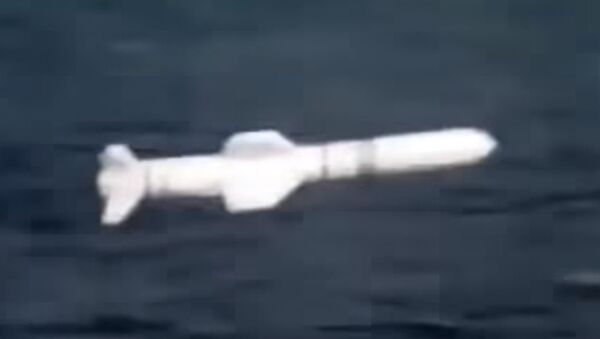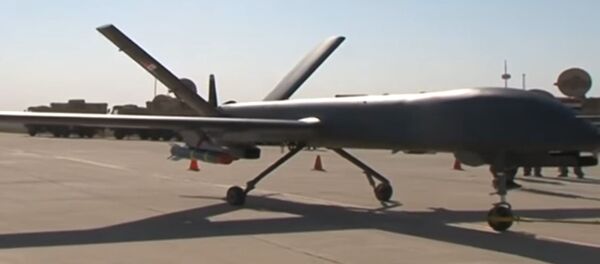The Ground Effect UAV (GEUAV), also referred to as CH-TI, can travel at speeds up to Mach 0.65 while carrying up to 3,000 kilograms of explosives, IHS Jane’s reported on Friday.
The prototype launches via a rocket and can fly between 0.5 and 6 meters above water.
Radar systems can track most sea-skimming projectiles from 15 miles out, but since China’s device can hover as low as 18 inches above sea level, radars can only pick up the incoming projectile when it’s nine miles from striking a target, Popular Mechanics noted in May. Active electronically scanned array (AESA) radars are likely to notice the low-flying object relatively quickly but vessels reliant on older Doppler radars would be at a disadvantage against the UAV-missile hybrid.
The GEUAV is manufactured by China Aerospace and Technology Corporation’s China Academy of Aerospace Aerodynamics.
The system underpinning the GEUAV "is centered around a wing-in-ground-effect optimized airframe—a concept made famous by the Soviet Union's enigmatic Ekranoplans," The Drive reported in May.
The technology has the potential to significantly bolster active defensive strategies via "swarming." "Although a sea-skimming threat that flies at subsonic speeds is not a high-end capability for well-defended surface combatants to deal with, if used as part of a larger anti-access strategy, it could be deadly," The Drive notes.
Furthermore, because the GEUAVs "are likely comparatively cheap to manufacture … China could potentially sling dozens or even hundreds of them in a large volley at a known area where enemy naval assets are lurking."



